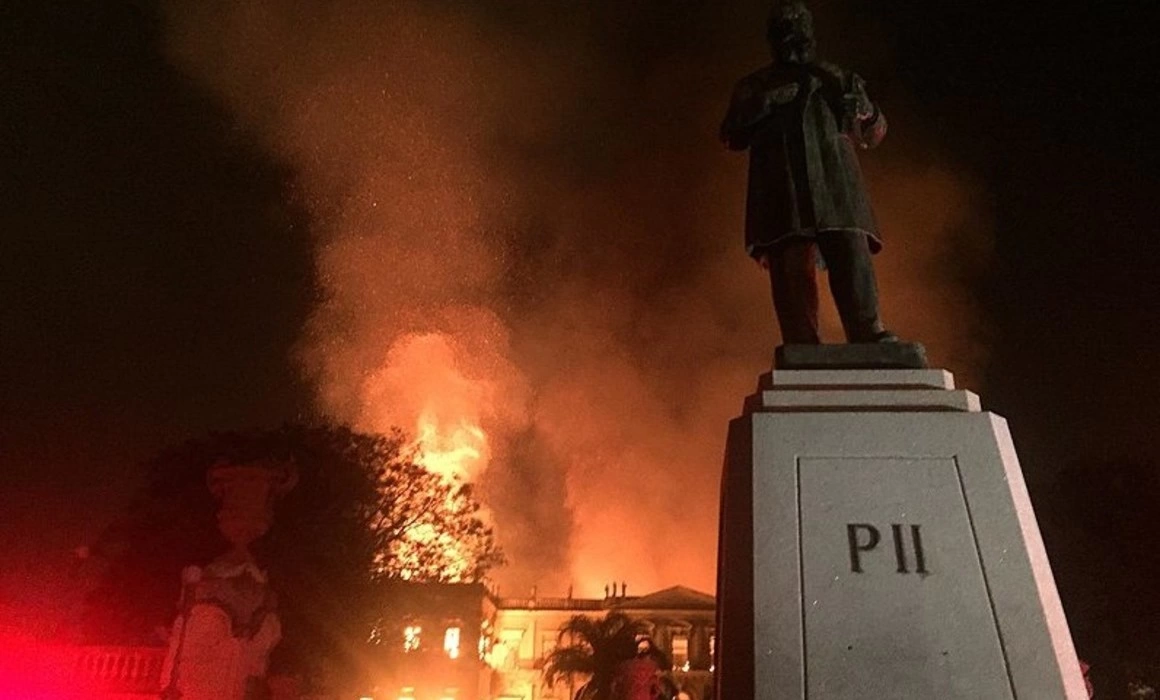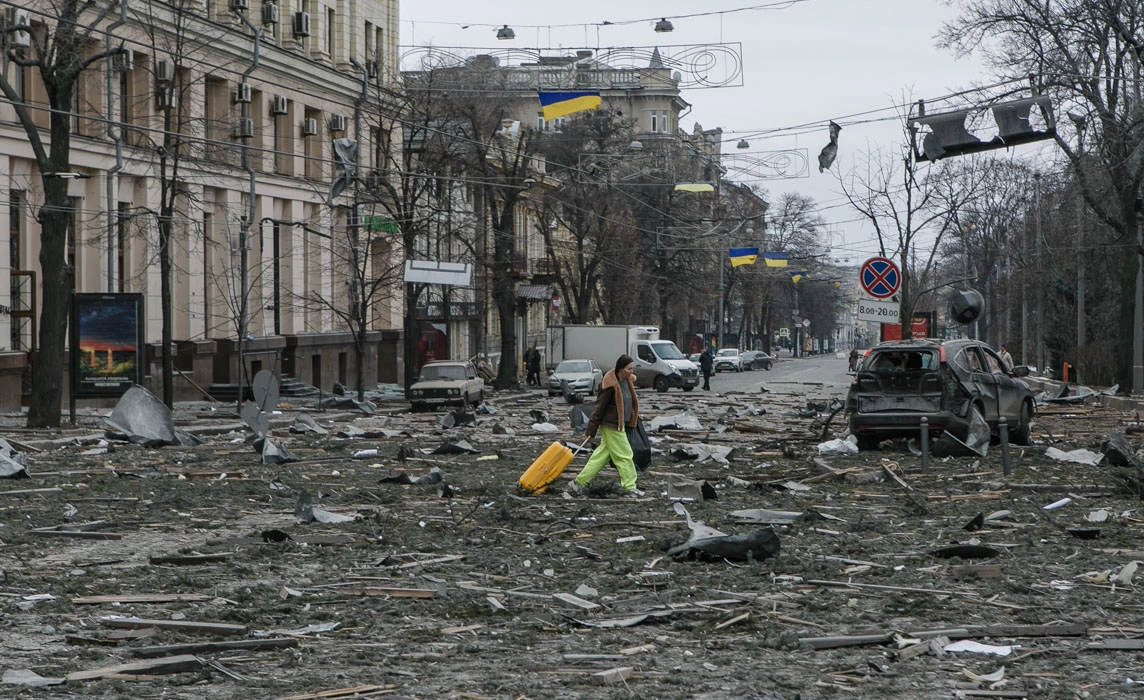Brazil's oldest scientific institution, the National Museum in Rio de Janeiro, was destroyed by a devastating fire on a Sunday night on September 2. Inside the building, over 18 million objects housed there - including the largest collection of Egyptian artifacts in South America, dinosaur fossils and audio recordings with lost native languages - were burnt.
We asked a Brazilian journalist to write about the causes and implications of the disaster. Beyond a discussion about a fire, it's an article about the state of a country.
Whenever in a conversation among well-read people here in Brazil someone mentions the book “Brazil: a Land of The Future”, published by the Austrian heavyweight Stefan Zweig in 1941, a sarcastic interlocutor replies: “Well, Zweig killed himself in 1942, when he was living exactly in the ‘land of the future’”. Zweig’s death may have had nothing to do with Brazil itself, but you get the joke, or so do us Brazilians, a people landlocked between a New World past that never ceases to haunt us and a bright future that never arrives.
A good chunk of our past at its brightest has now disappeared: hundreds, thousands of years of History and knowledge burnt by the fire that destroyed the National Museum on 9/02. So big the museum was that 1.45 million objects are intact, out of a whopping collection of 20 million objects. The surviving objects are still around because they have been stored somewhere else. By the museum’s administration initial estimates, something around 10 percent of the collection have survived.
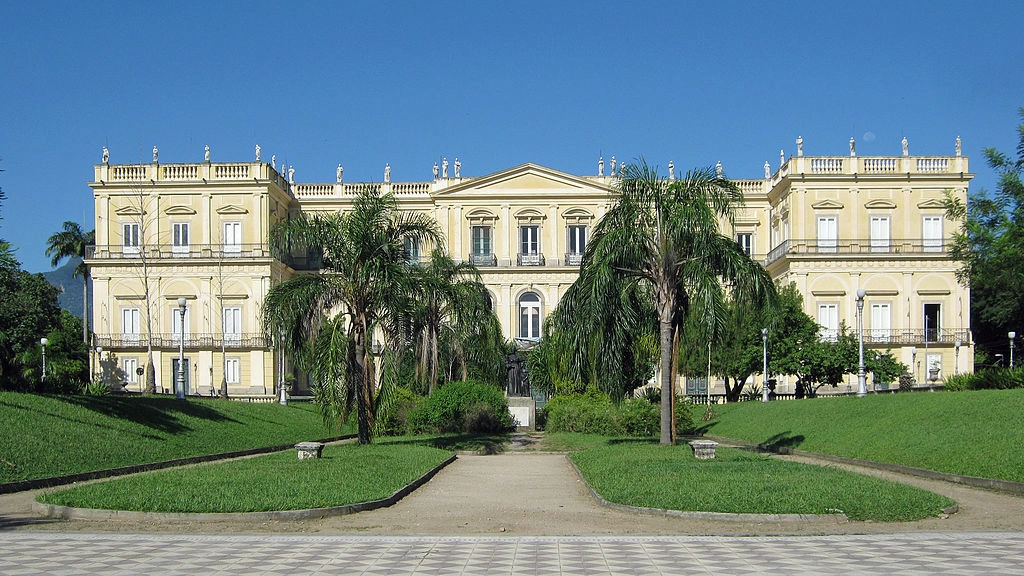
Created in 1818 by the king João VI of Portugal, Brazil and the Algarves, 10 years after the Portuguese royal family had sailed away to Brazil, fleeing from the Napoleonic Wars, the museum is Brazil’s oldest scientific institution. Along the National Library and the Botanic Garden, the National Museum embodies the king’s struggle to bring Europe to Rio de Janeiro, where the moveable royal court had settled.
The institution is managed by the Federal University of Rio de Janeiro, and this is where the blame game starts. Once we follow the finger-pointing trail, though, we will not name names, but will get one more certificate from the never-surprising Brazil- is-Not-for-Amateurs endless class.
While Marie Curie, Albert Einstein, Claude Lévi-Strauss, and Santos Dumont are some of the museum’s illustrious visitors, the most recent visit by a Brazilian president was in 1958. Not that sitting presidents should be inspecting publicly funded museums as soon as the inauguration fanfare is over, but the excellent Anthropology department is an excellent excuse for a visit. A great deal of what we know about the Native Brazilian peoples’ histories, languages and cultures are the direct result of the research of its students and scholars.
Fourteen years ago, after visiting the museum, a Rio de Janeiro State official had told the press: “The museum is going to catch fire”. The official, though, had nothing to do with the museum, which gets its money from the federal government. The then-director of the museum had told the press that the funding crisis had started 40 years before, meaning the renovation of the 200 year-old building was long overdue. One of the most critical problems was the electrical wires that were as exposed as varicose veins.
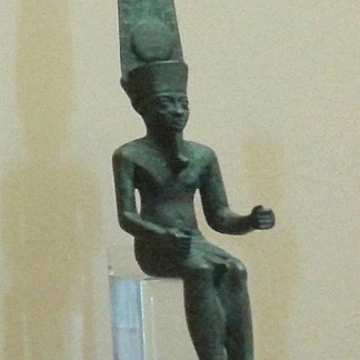
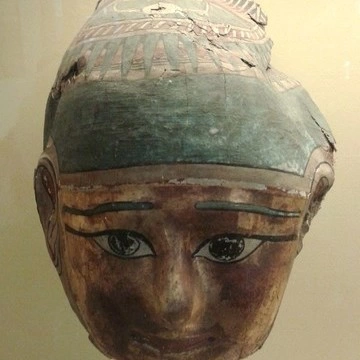
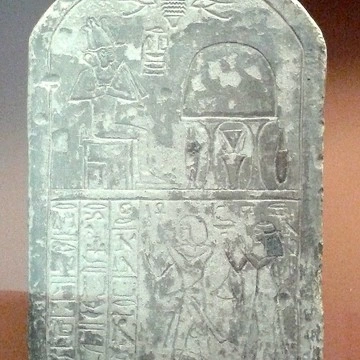
The current Federal University of Rio de Janeiro chancellor blames the former and the current federal administration for decreasing funding. He also says the Ministry of Education has no real policy to finance museums and heritage buildings. As of September 13, 10 to 11 days after the tragedy, the institution was still waiting for the emergency money needed to make the building secure enough so the forensic experts can complete their job. On the other hand, the current minister of Culture blames the former federal administration, which, according to him, led Brazil to its worst economic recession ever, and he blames the chancellor as well, saying that it is up to the university to decide how much of its federal funding goes to the museum.
According to the initial reports from museum officials, the entire Linguistics sector is gone, with its audio records of Native Brazilians languages that are no longer spoken. The museum housed South America’s largest collection of Egyptian artifacts, mummies and all. Not anymore. Thanks to the fire, South-American dinosaurs have vanished again. And we are still waiting to hear about the fate of Luzia Woman, the oldest human remains found in the Americas, dating back to more than 11 thousand years.
The tragedy gets even sadder when you think about the museum’s fans. Nearly half of its public were low-income families.
Such a mess speaks volumes about Brazil, and makes us wonder why tragedies like the National Museum’s do not happen more often. There are restless, skilled civil servants, and generous citizens and, sometimes, well-intentioned politicians who all fight to improve and take care of things wherever and whenever that fight needs to be fought. Yes, but we need much more. A genius writer once said that the past is never dead; it is not even past. If that is true, sometimes in Brazil we feel that the present is not even present, and it is dead, for we need to be more than a country: we need to become a nation.
